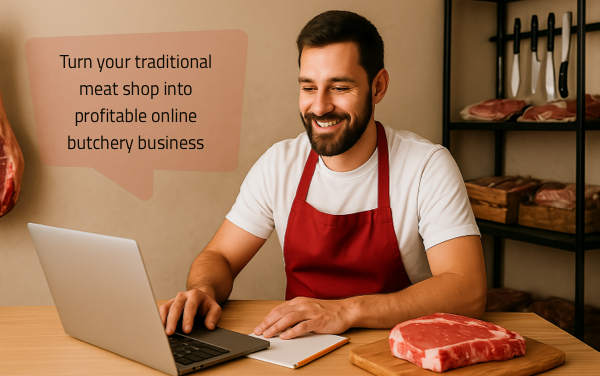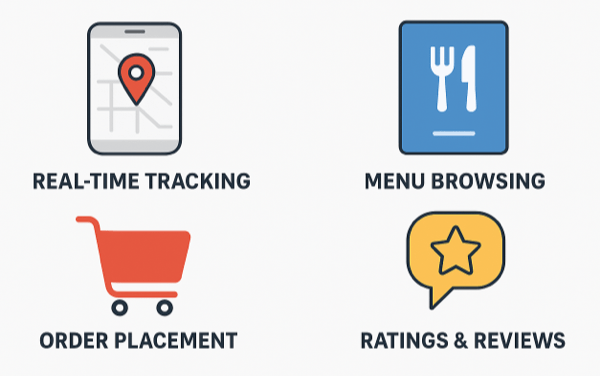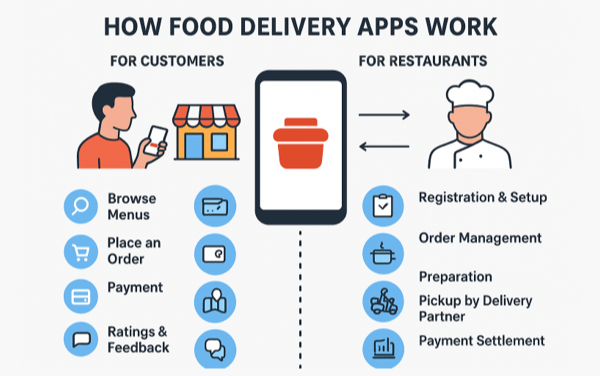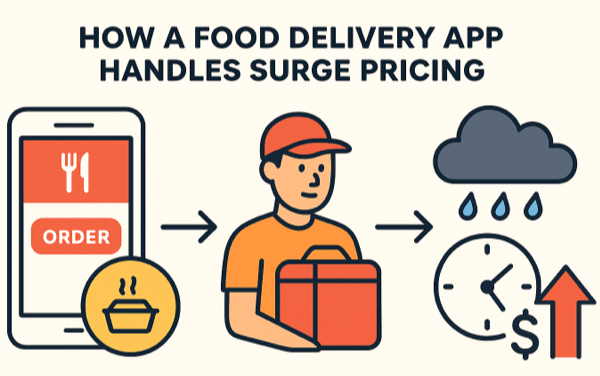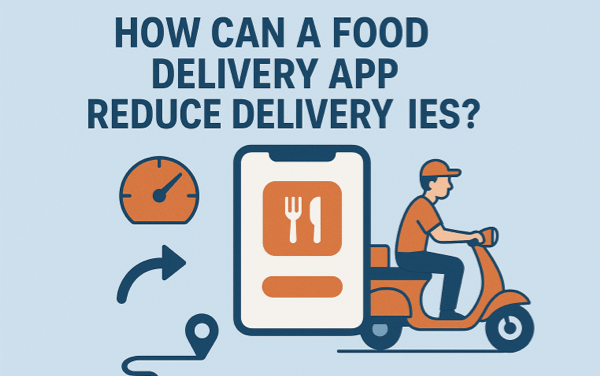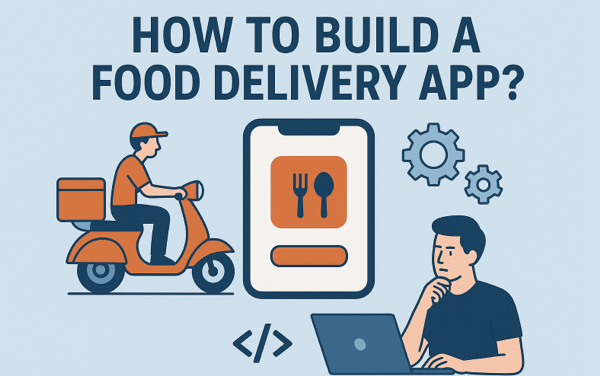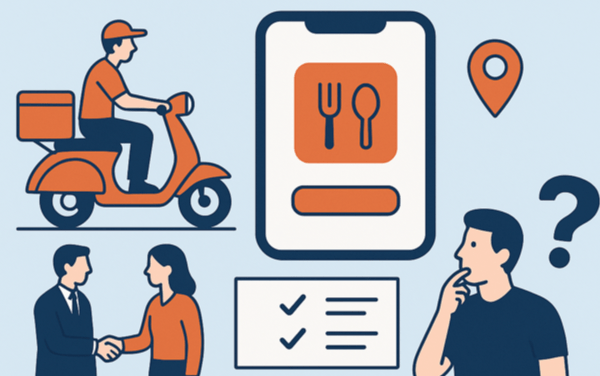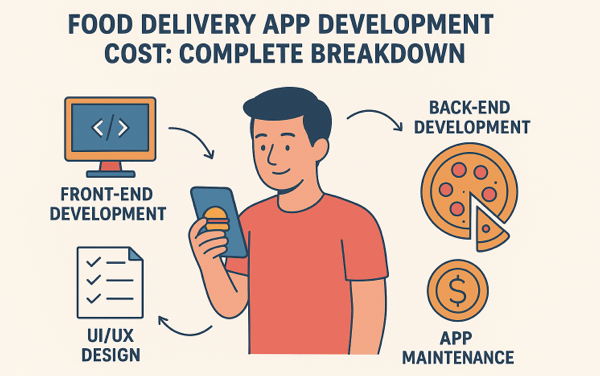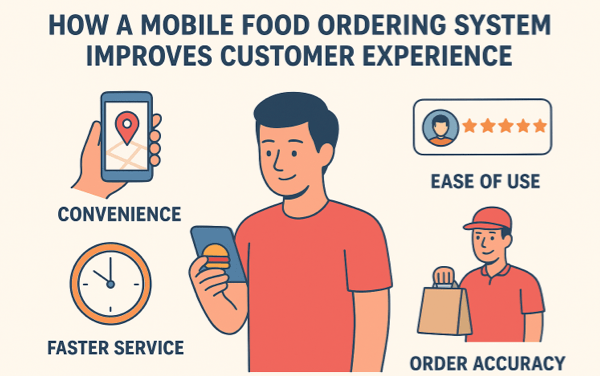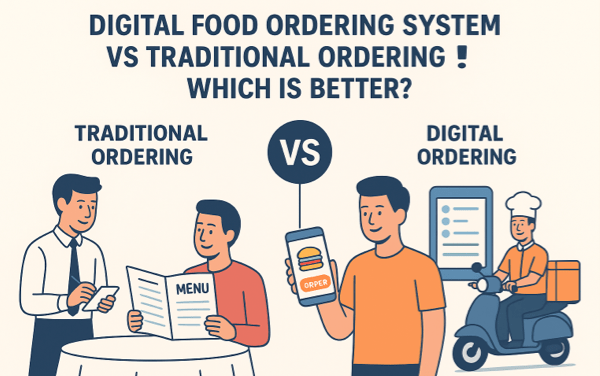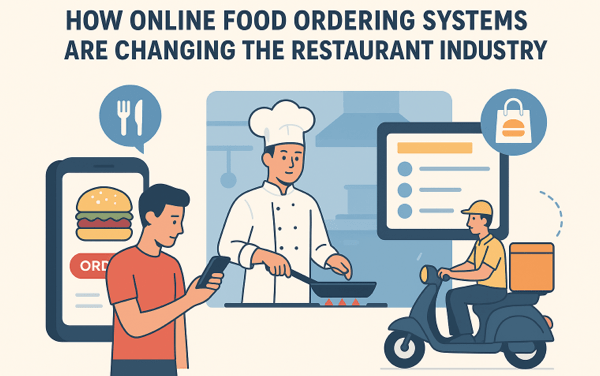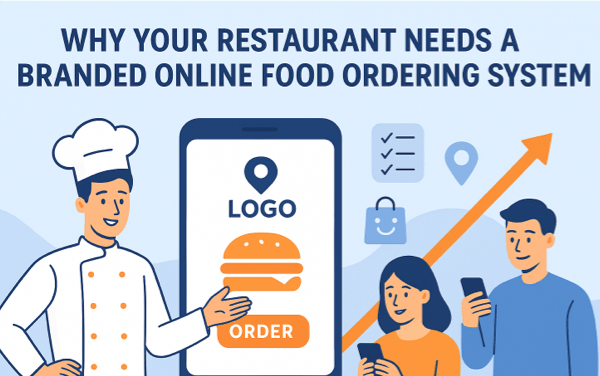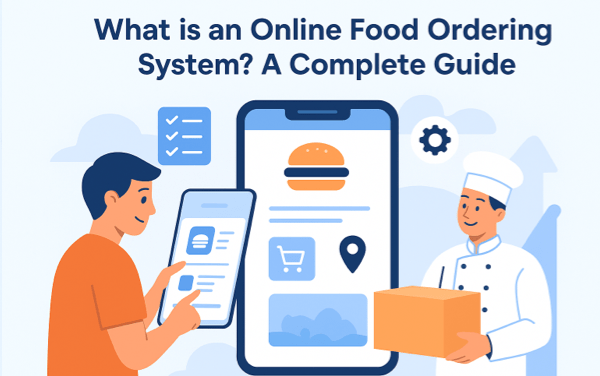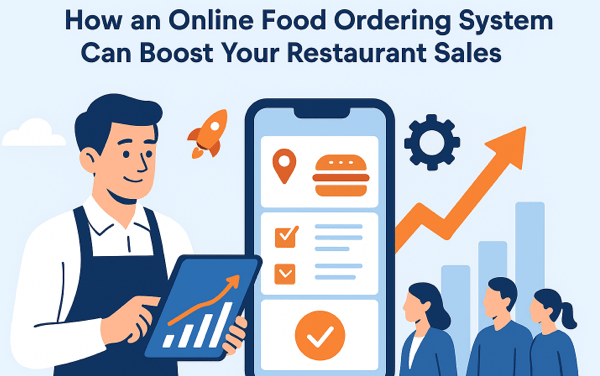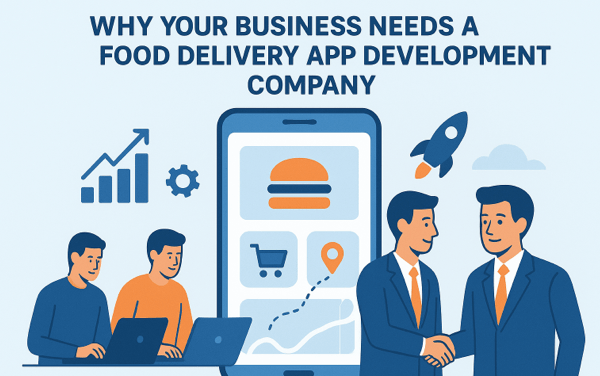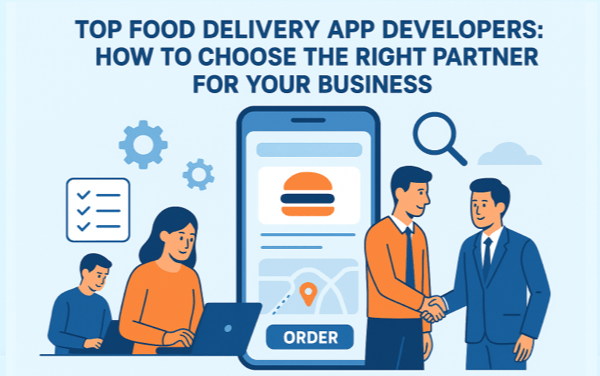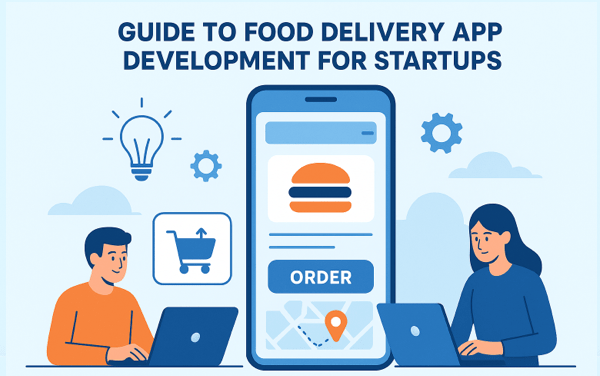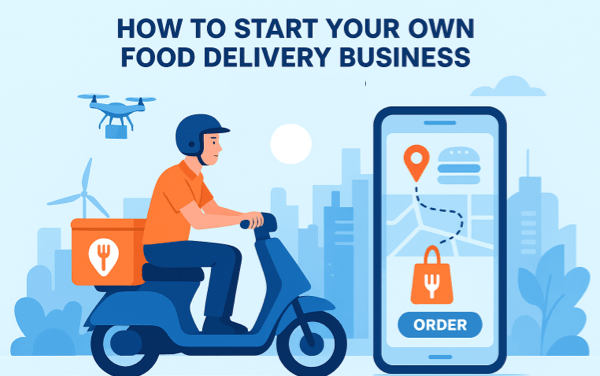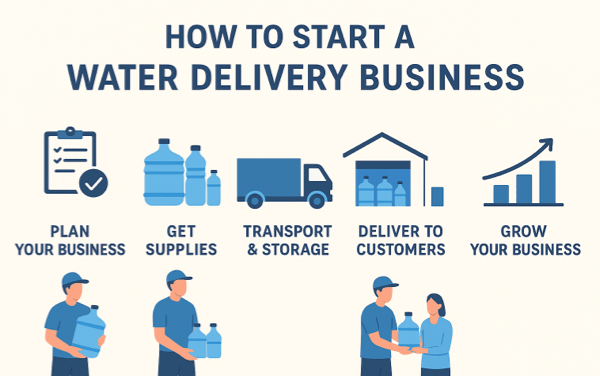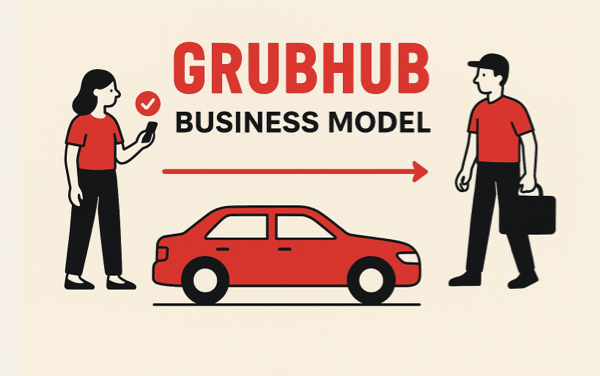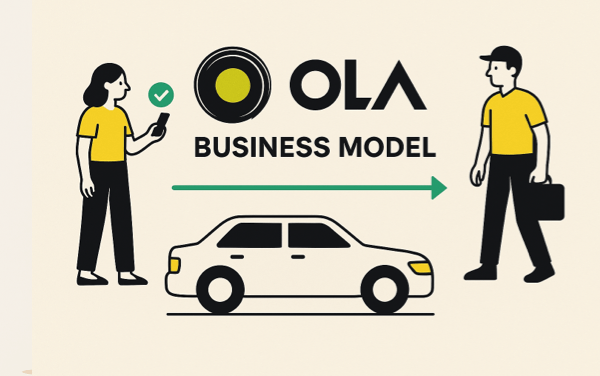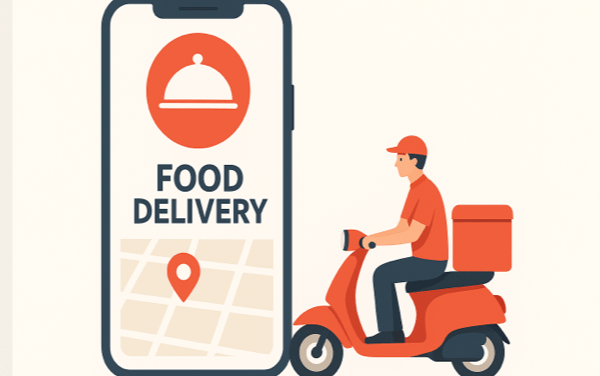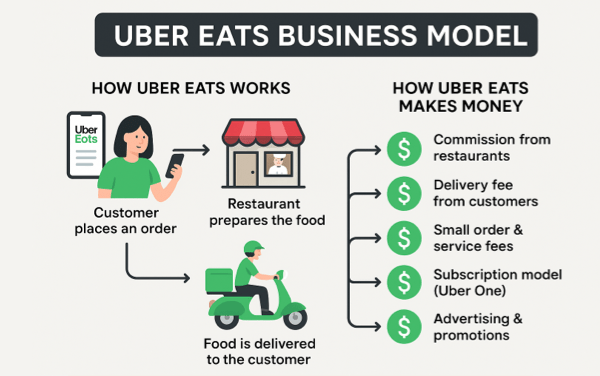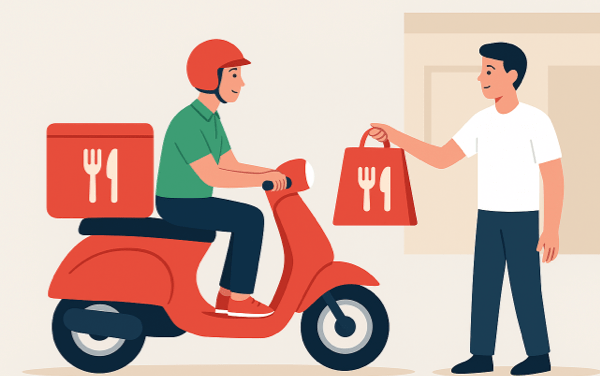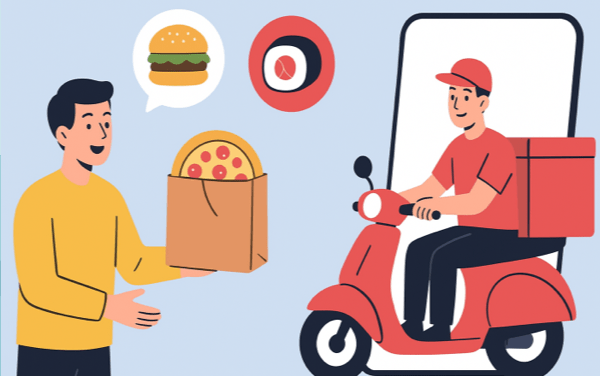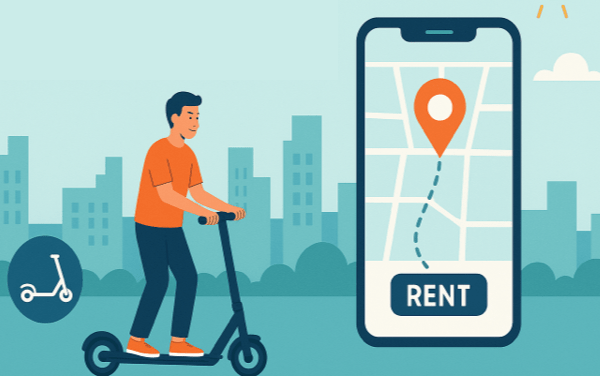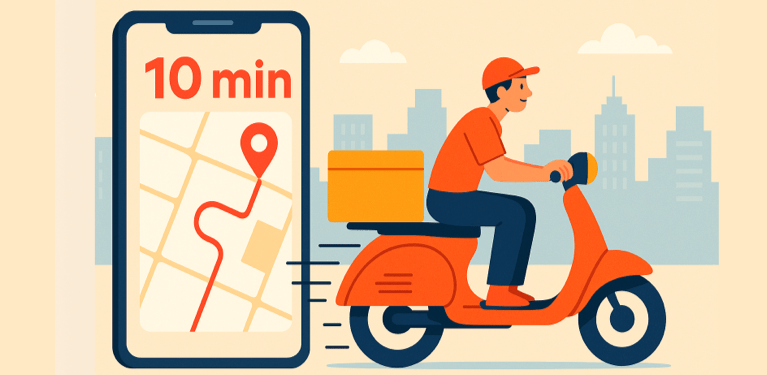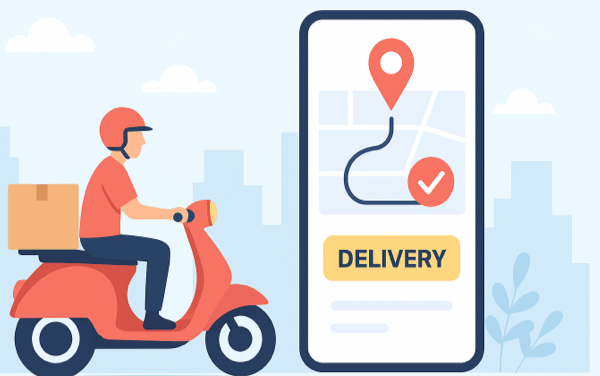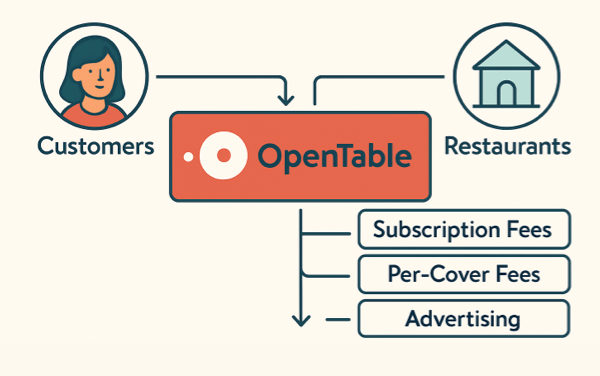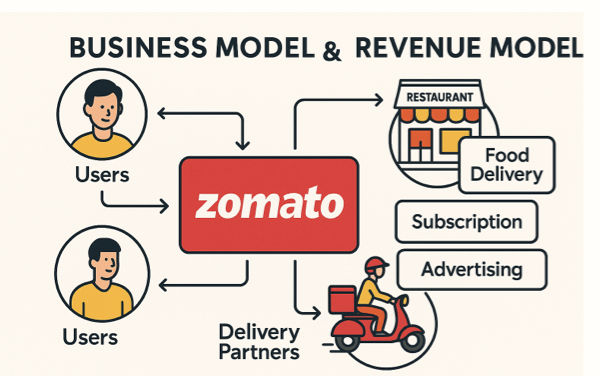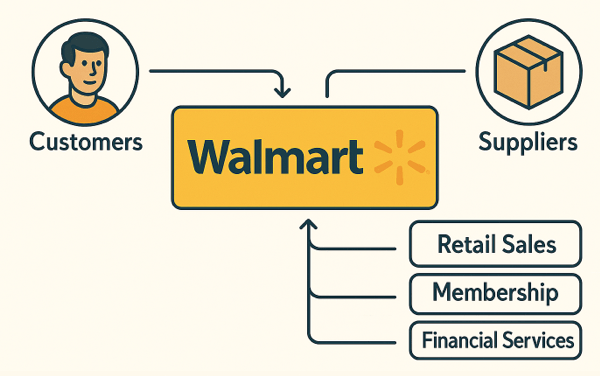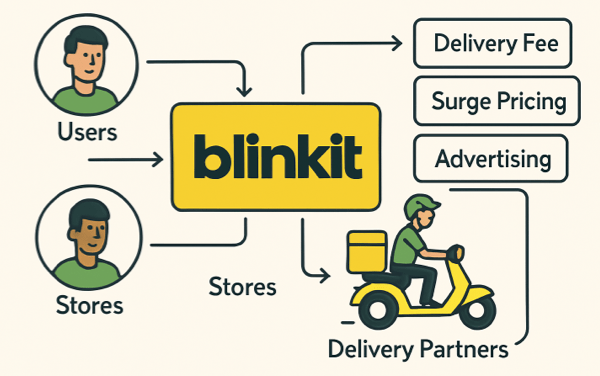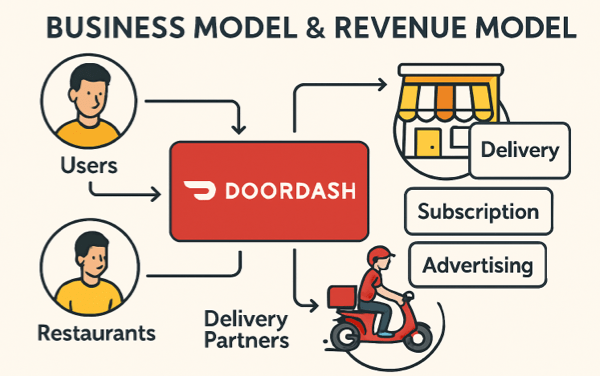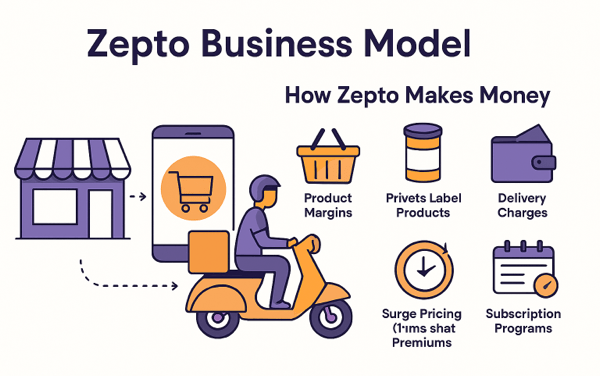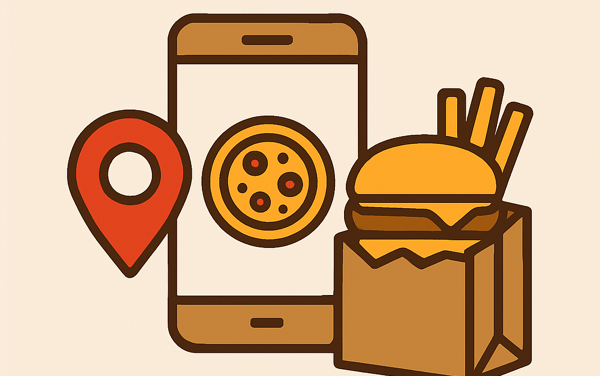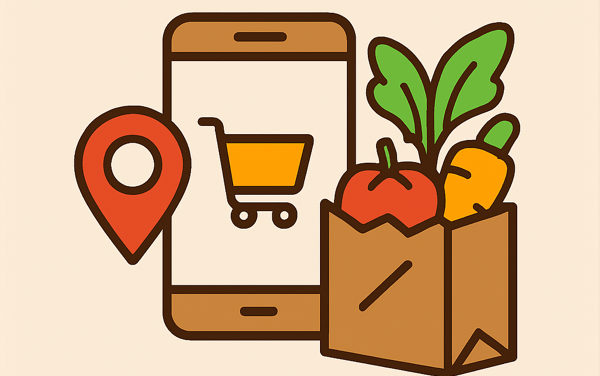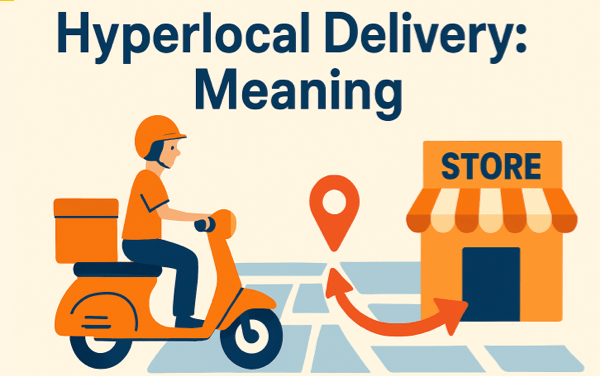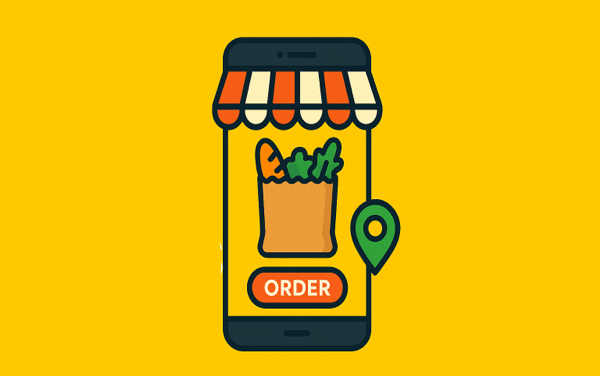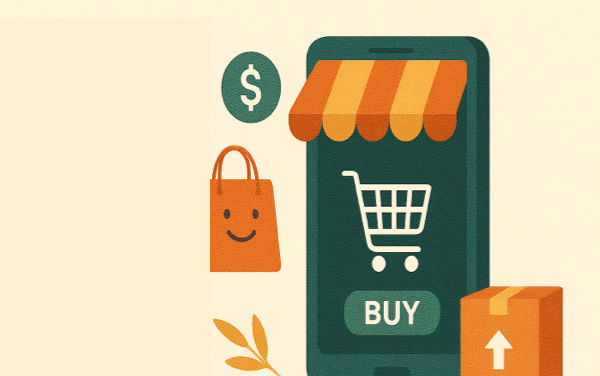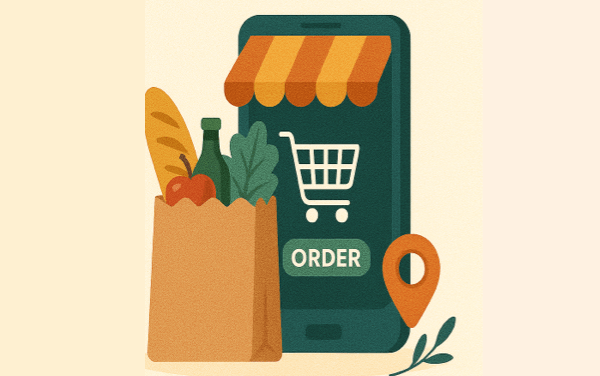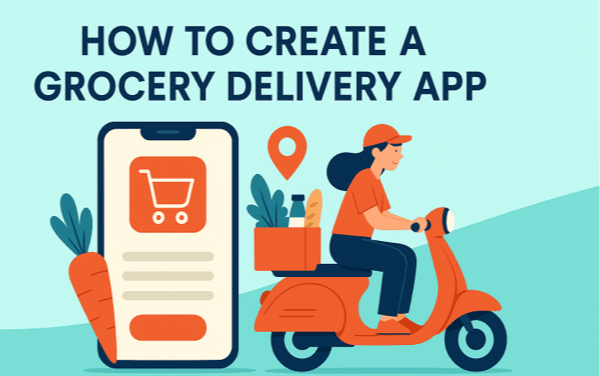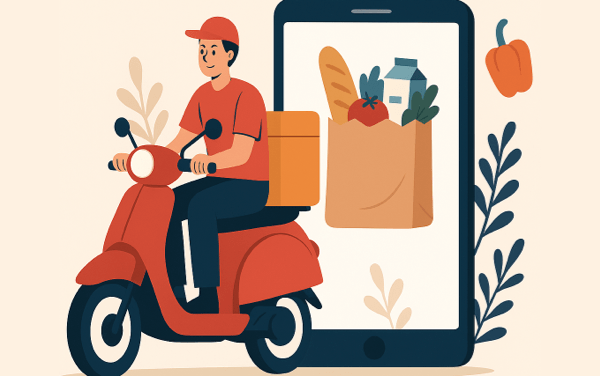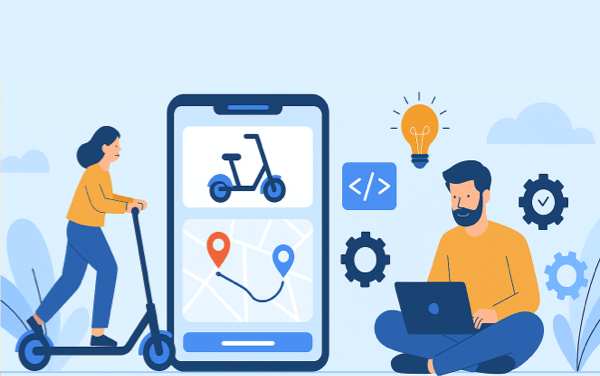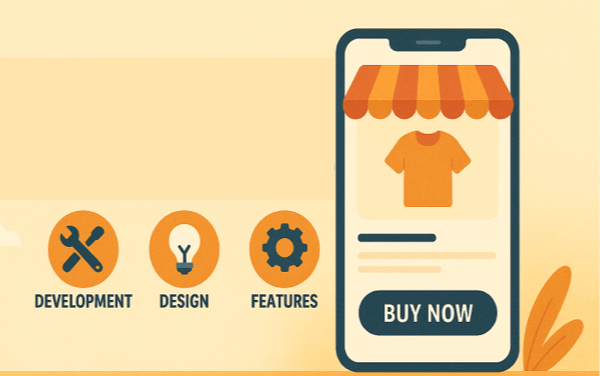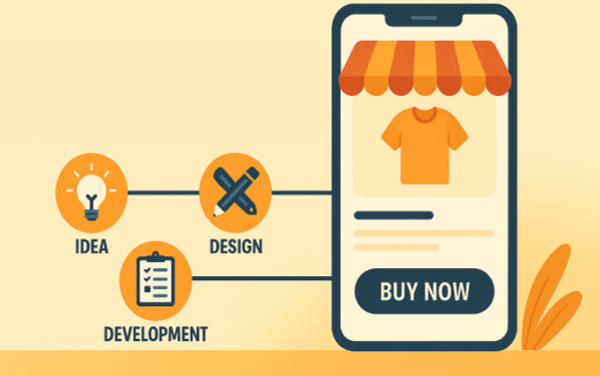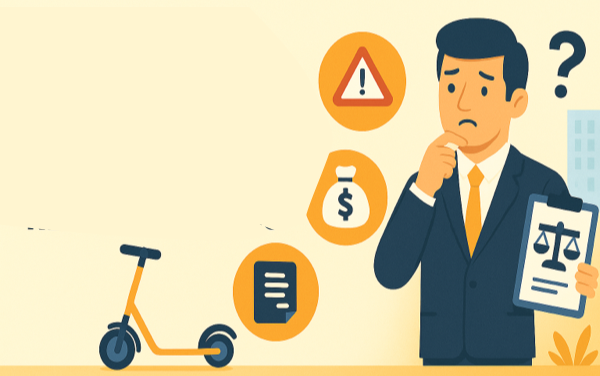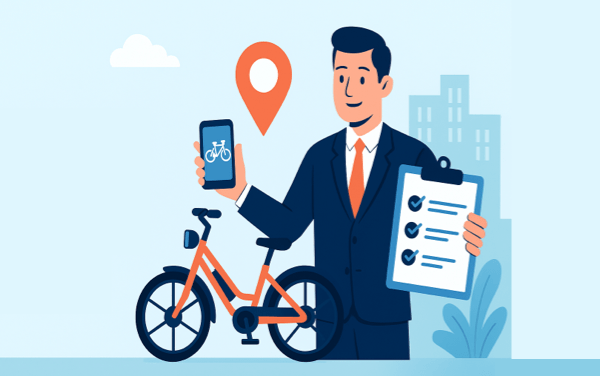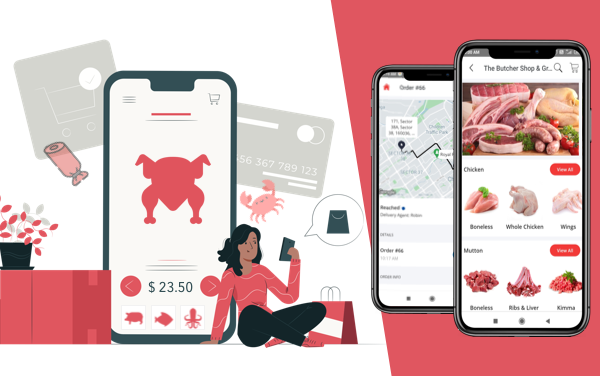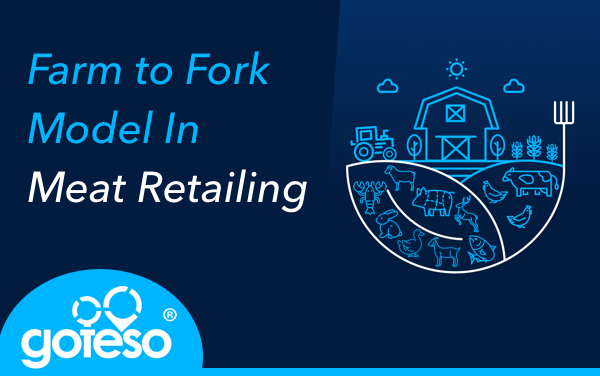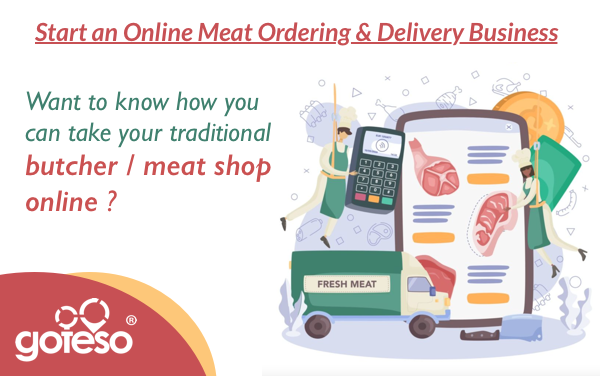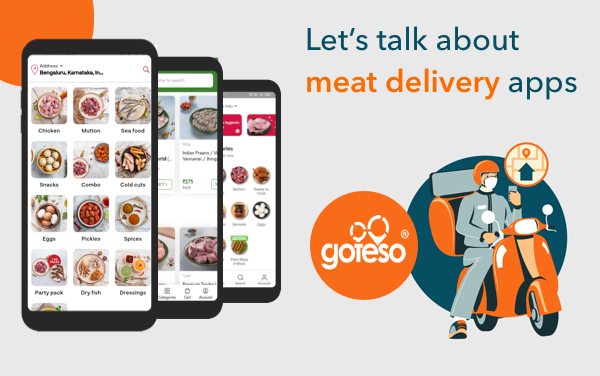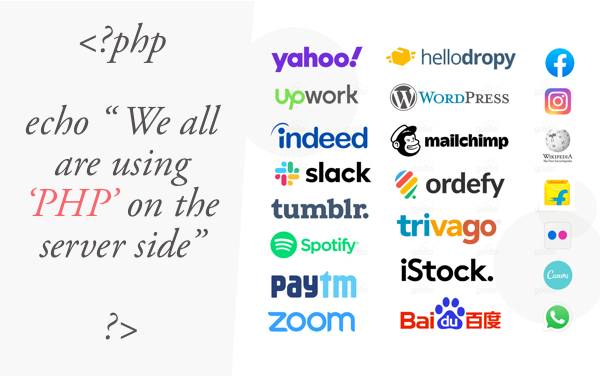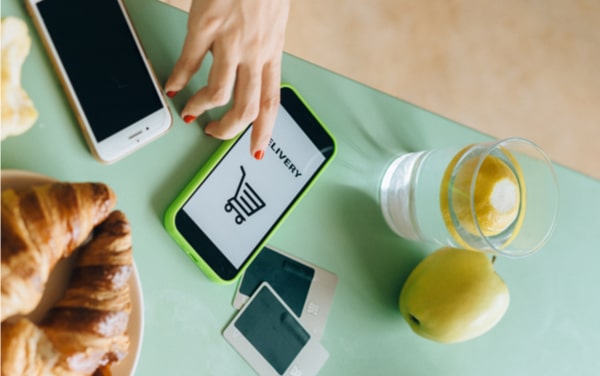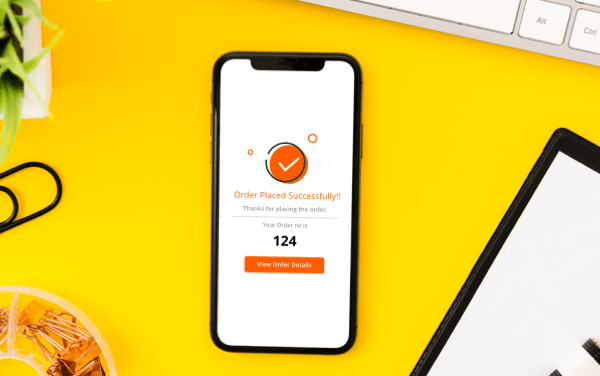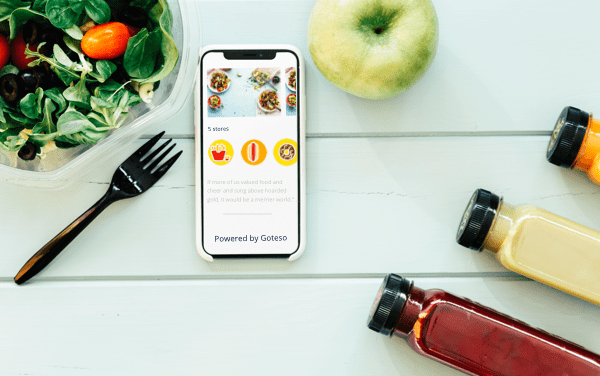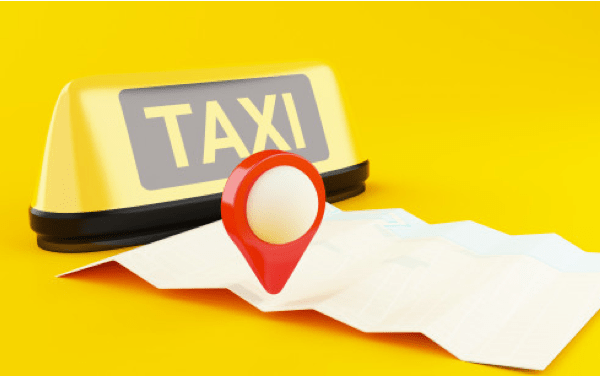Swiggy Business Model: How Swiggy Makes Money
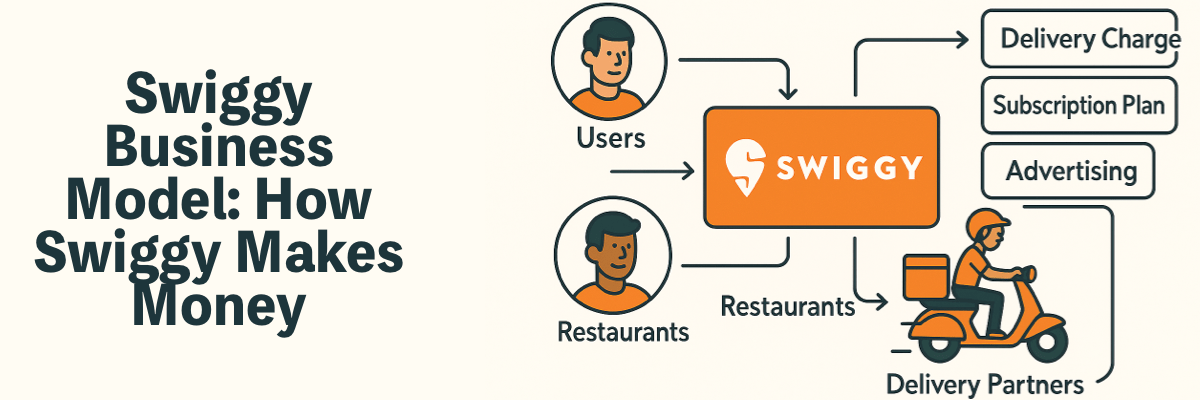
Swiggy has become a household name in India’s online food delivery space. Known for its fast delivery, wide restaurant selection, and user-friendly app, Swiggy has revolutionized how millions of Indians order food. But behind the convenience lies a sophisticated business strategy. So, how does Swiggy make money? In this post, we’ll explore the Swiggy business model and break down the various revenue streams that fuel its growth.
What Is Swiggy?
Swiggy, launched in 2014 and headquartered in Bengaluru, is one of India’s largest on-demand delivery platforms. It began as a food delivery service, partnering with local restaurants to bring meals to customers’ doors. Over the years, Swiggy has expanded its offerings to include grocery delivery (Instamart), same-day package delivery (Swiggy Genie), and subscription services like Swiggy One.
With a growing user base and a strong logistics network, Swiggy has set itself apart not just as a food delivery app but as a full-fledged convenience platform.
Swiggy Business Model Explained
The Swiggy business model operates as a multi-sided marketplace, connecting:
- Customers, who order food and other products.
- Delivery partners, known as “Swiggy Delivery Executives.”
- Restaurants and merchants, who sell meals and products through the platform.
Swiggy acts as the intermediary, offering the technology and logistics to ensure smooth transactions between all parties. It also provides value-added services such as data analytics, advertising, and white-label delivery solutions.
How Swiggy Makes Money: Key Revenue Streams
1. Commissions from Restaurants
Restaurants pay Swiggy a commission on each order placed through the platform, typically ranging from 15% to 25%. This is one of the largest components of the Swiggy revenue model.
2. Delivery Charges
Customers often pay a delivery fee based on distance, order value, and time of day. While a part of this goes to the delivery partner, Swiggy keeps a portion to cover logistics and operational costs.
3. Surge Pricing
During peak hours or bad weather, Swiggy applies surge pricing to offset higher operational costs. This allows the company to maintain service quality while earning additional revenue.
4. Swiggy One Subscription
Swiggy offers a premium membership called Swiggy One, which includes benefits like free deliveries, discounts, and priority service. This subscription model brings in recurring revenue while enhancing customer loyalty.
5. Advertising and Promotions
Swiggy provides restaurants with advertising opportunities such as sponsored listings and banner ads. By paying for better visibility, restaurants can increase orders while Swiggy earns extra income.
6. Swiggy Instamart
Swiggy’s quick commerce arm, Instamart, delivers groceries and essentials within minutes. It follows a hybrid model: Swiggy earns money via delivery fees, product markups, and commissions from partnered brands.
7. Swiggy Genie
Swiggy Genie allows users to send or receive packages within their city. This service operates on a pay-per-use model, with Swiggy earning from service charges and delivery fees.
8. Cloud Kitchens
Swiggy has invested in cloud kitchens under its Swiggy Access program. These are delivery-only kitchens that allow restaurant brands to expand without high real estate costs. Swiggy earns rent, revenue share, or service charges from these kitchens.
Summary: Swiggy Revenue Model at a Glance
| Revenue Stream | Description |
|---|---|
| Restaurant Commissions | Percentage of each order paid by restaurant partners |
| Delivery Fees | Charges paid by users per order |
| Surge Pricing | Dynamic pricing during peak times |
| Swiggy One Subscription | Monthly/annual fees from premium users |
| In-App Advertising | Paid promotions and sponsored listings from restaurants |
| Swiggy Instamart | Revenue from grocery sales, delivery, and partnerships |
| Swiggy Genie | On-demand courier service with per-task pricing |
| Cloud Kitchens | Revenue from access fees or partnerships with virtual restaurant brands |
Final Thoughts
The Swiggy business model showcases how innovation and diversification can create a sustainable digital platform in a competitive market. By expanding beyond just food delivery and into groceries, logistics, and cloud kitchens, Swiggy has built multiple income streams. For anyone looking to understand how Swiggy makes money, it’s clear that the company leverages a mix of commissions, subscriptions, and value-added services to drive growth.
As consumer expectations continue to evolve, so too will the Swiggy revenue model—offering insights for entrepreneurs and businesses in the on-demand economy.
Want to Launch an App Like Swiggy?
Inspired by the success of the Swiggy business model and ready to build your own on-demand delivery platform? Whether you’re targeting food delivery, grocery services, or hyperlocal logistics, having the right tech partner is key. Goteso, a leading food delivery app development company, offers custom-built, scalable, and feature-rich solutions tailored to your business needs. From real-time order tracking to seamless user experiences and powerful admin dashboards, Goteso can help you bring your vision to life. Contact Goteso today to turn your app idea into a high-performing reality.
